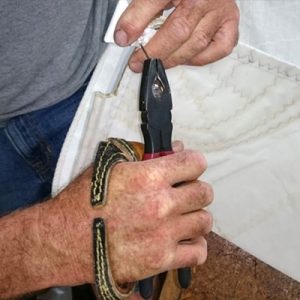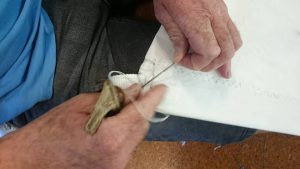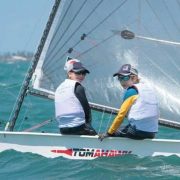https://www.evolutionsails.com.au/wp-content/uploads/2018/10/Scott-Venes.jpg
285
415
Graham Sherring
https://www.evolutionsails.com.au/wp-content/uploads/2018/03/Evolution-logo-1.svg
Graham Sherring2018-10-24 01:26:002019-02-05 01:22:59Scott Venes joins Evolution Sails on the Gold Coast
https://www.evolutionsails.com.au/wp-content/uploads/2018/05/19657295_832259883600839_3377809984762752991_n.jpg
540
960
Graham Sherring
https://www.evolutionsails.com.au/wp-content/uploads/2018/03/Evolution-logo-1.svg
Graham Sherring2018-05-18 05:05:412019-02-05 01:24:03Advice from a Sailmaker to a brand new cruising couple
https://www.evolutionsails.com.au/wp-content/uploads/2018/03/racing14.jpeg
449
787
Shm@rk
https://www.evolutionsails.com.au/wp-content/uploads/2018/03/Evolution-logo-1.svg
Shm@rk2018-03-01 04:21:092018-03-05 00:36:47Yachting Australia QLD Youth Championships
https://www.evolutionsails.com.au/wp-content/uploads/2018/02/horizontal1.jpg
498
1024
Shm@rk
https://www.evolutionsails.com.au/wp-content/uploads/2018/03/Evolution-logo-1.svg
Shm@rk2018-03-01 04:15:012018-03-05 00:36:47Caring for your Evolution sails
https://www.evolutionsails.com.au/wp-content/uploads/2018/03/18740154_808987309261430_3517233712141019825_n.jpg
540
960
Shm@rk
https://www.evolutionsails.com.au/wp-content/uploads/2018/03/Evolution-logo-1.svg
Shm@rk2017-05-27 03:56:162020-05-29 07:47:4625th Anniversary of Evolution Sails Race
Scroll to top










